DWM1000 is an IEEE802.15.4-2011 UWB-compliant wireless transceiver module based on DecaWave’s DW1000 IC. DWM1000 enables the location of objects in real-time location systems (RTLS) to a precision of 10 cm indoors, high data rate communications, up to 6.8 Mb/s, and has excellent communications range of up to 300 m thanks to coherent receiver techniques. The module integrates the DW1000, antenna, balun, and crystal. This module is ideal for prototyping and low- to mid-volume applications as it reduces development time and, thereby, the need for an in-house RF expert.
DecaWave Module DWM1000 is optimized for unrivalled indoor precision location and data communications for Real-Time Location Systems (RTLS) and Wireless Sensor Networks (WSN). It operates across a wide variety of markets, including ePOS and retail, automotive, agriculture, building control and automation, factory automation, healthcare, safety and security, warehousing and logistics and a range of others.
IEEE802.15.4-2011 UWB compliant
Wireless transceiver module based on DecaWave's DW1000 IC
Locates objects to a precision of 10 cm indoors, even while moving at up to 5m/s
High data rate communications
Up to 6.8 Mb/s achieved in Wireless Sensor Networks (WSN)
Up to 290 m communications range
Achieved due to coherent receiver techniques (mode dependent)
High tag densities
Supported by short packet durations, up to 11,000 in a 20 m radius
Highly immune to multipath fading
Allowing reliable communications in high-fading environments
Low power consumption
Allows operation from batteries for long periods (mode dependent)
Small physical size
Allows the implementation of highly cost-effective solutions in RTLS and WSN
Integrated antenna
Allows simple product implementation - no RF design required
Key Benefits
Integration of DW1000 IC, antenna, power management and clock control simplifies design integration
Very precise location of tagged objects delivers enterprise efficiency gains and cost reductions
Long LOS and NLOS range reduces amount of infrastructure required to deploy systems
Low power consumption reduces the need to replace batteries and lowers system lifetime costs

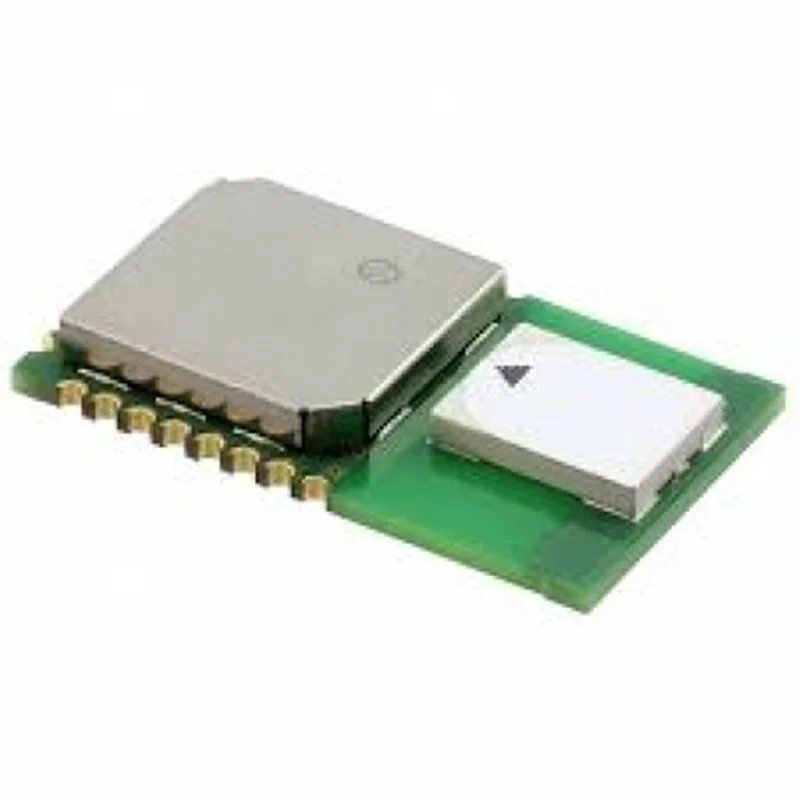


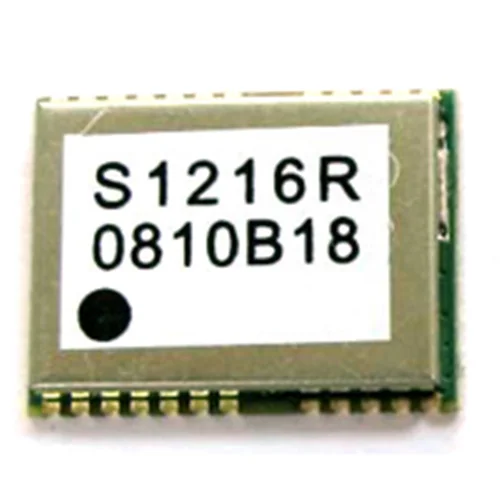
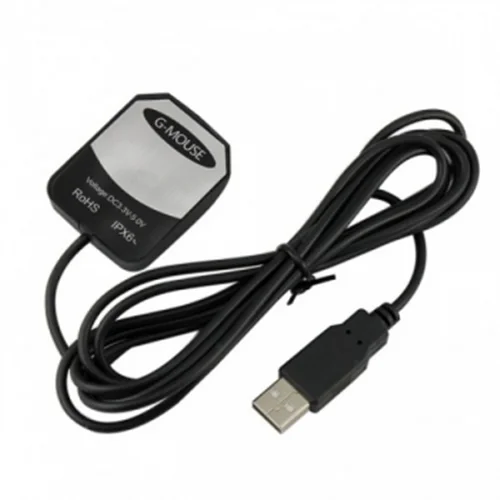

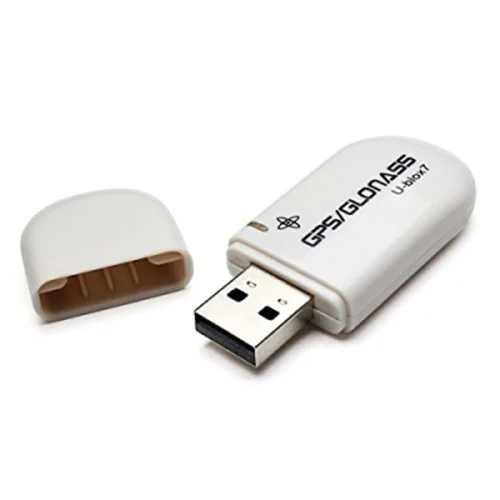
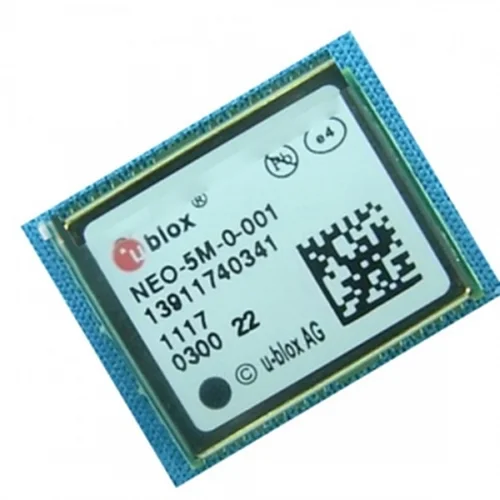

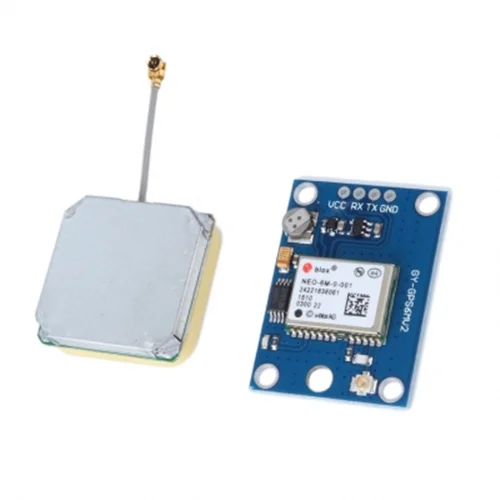
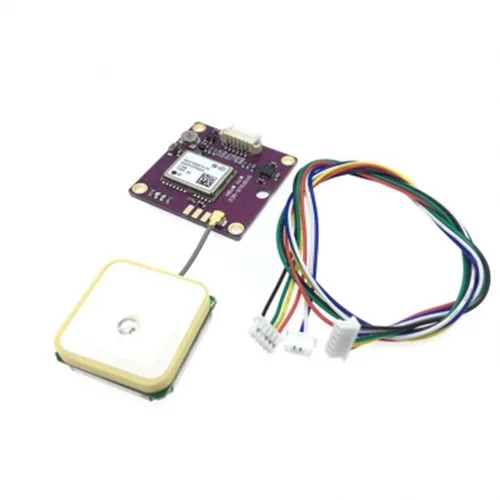
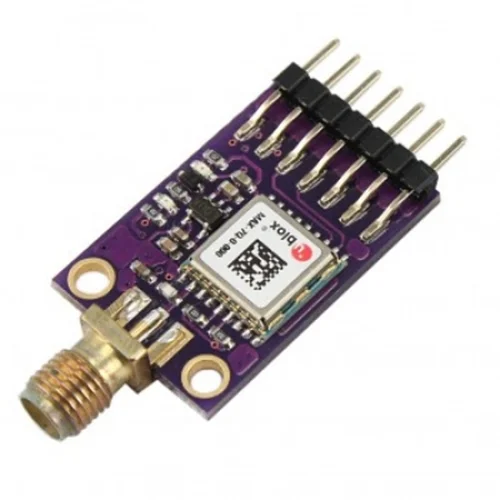
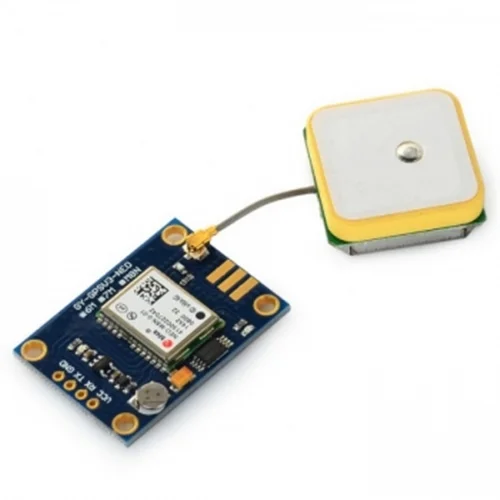
دیدگاه خود را بنویسید